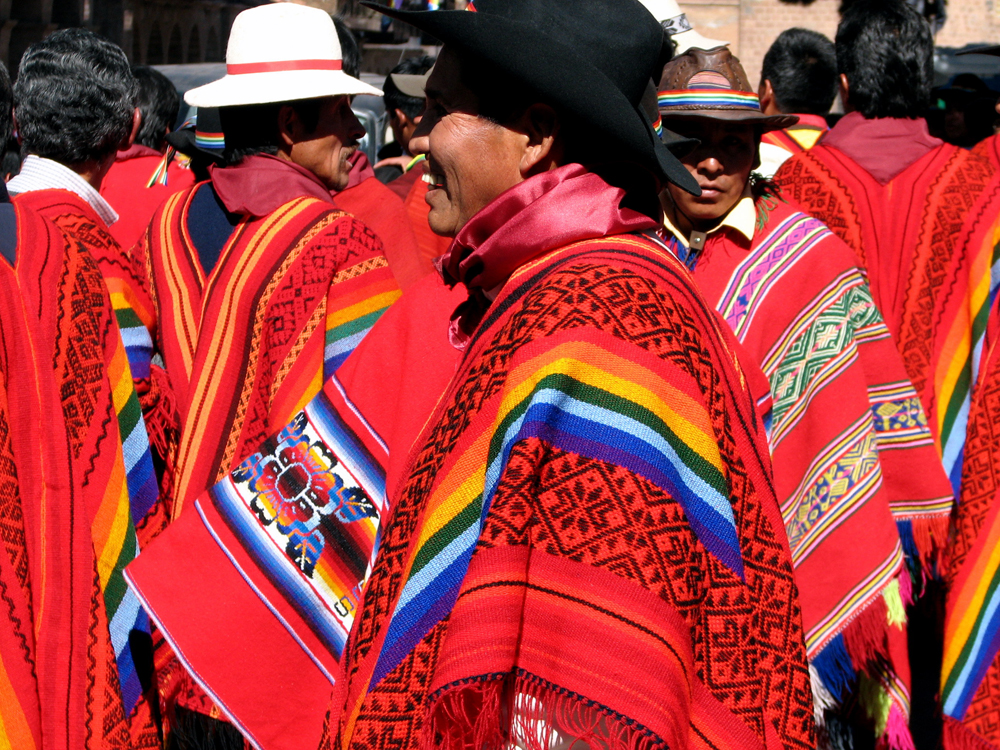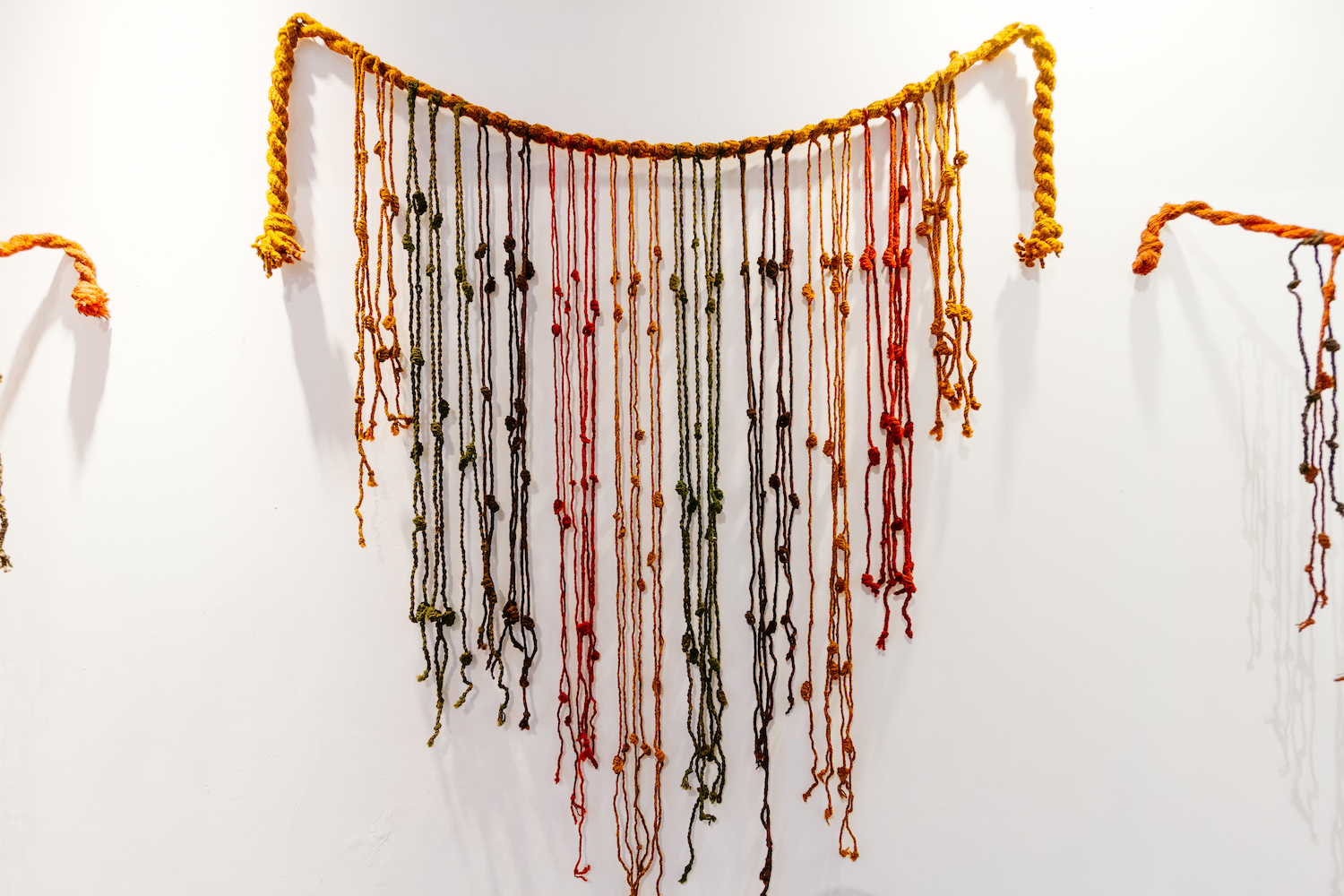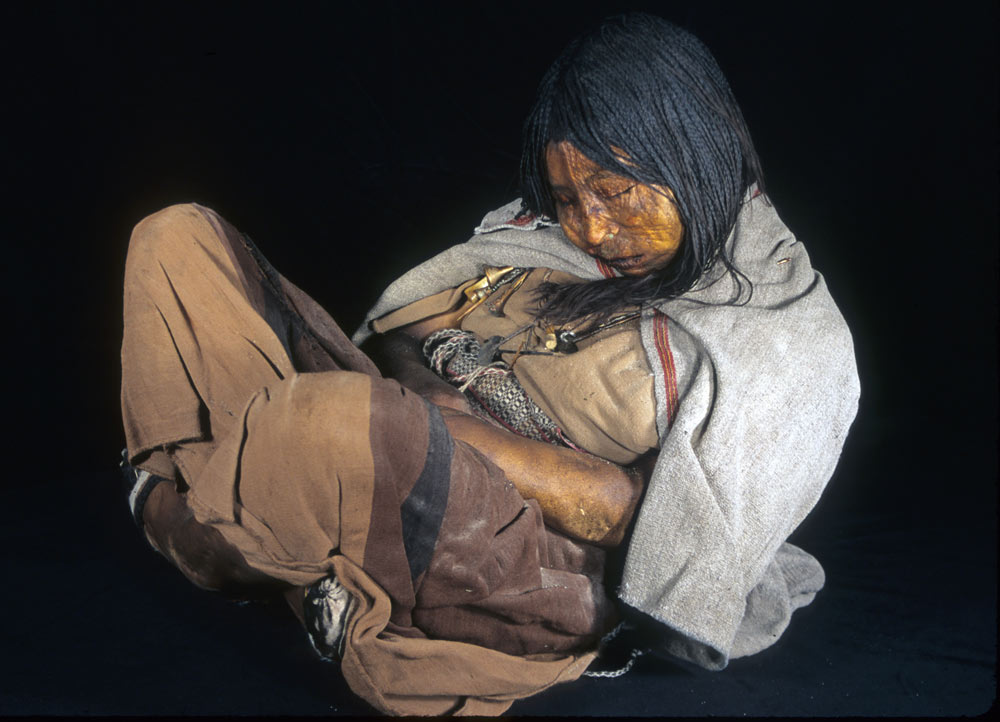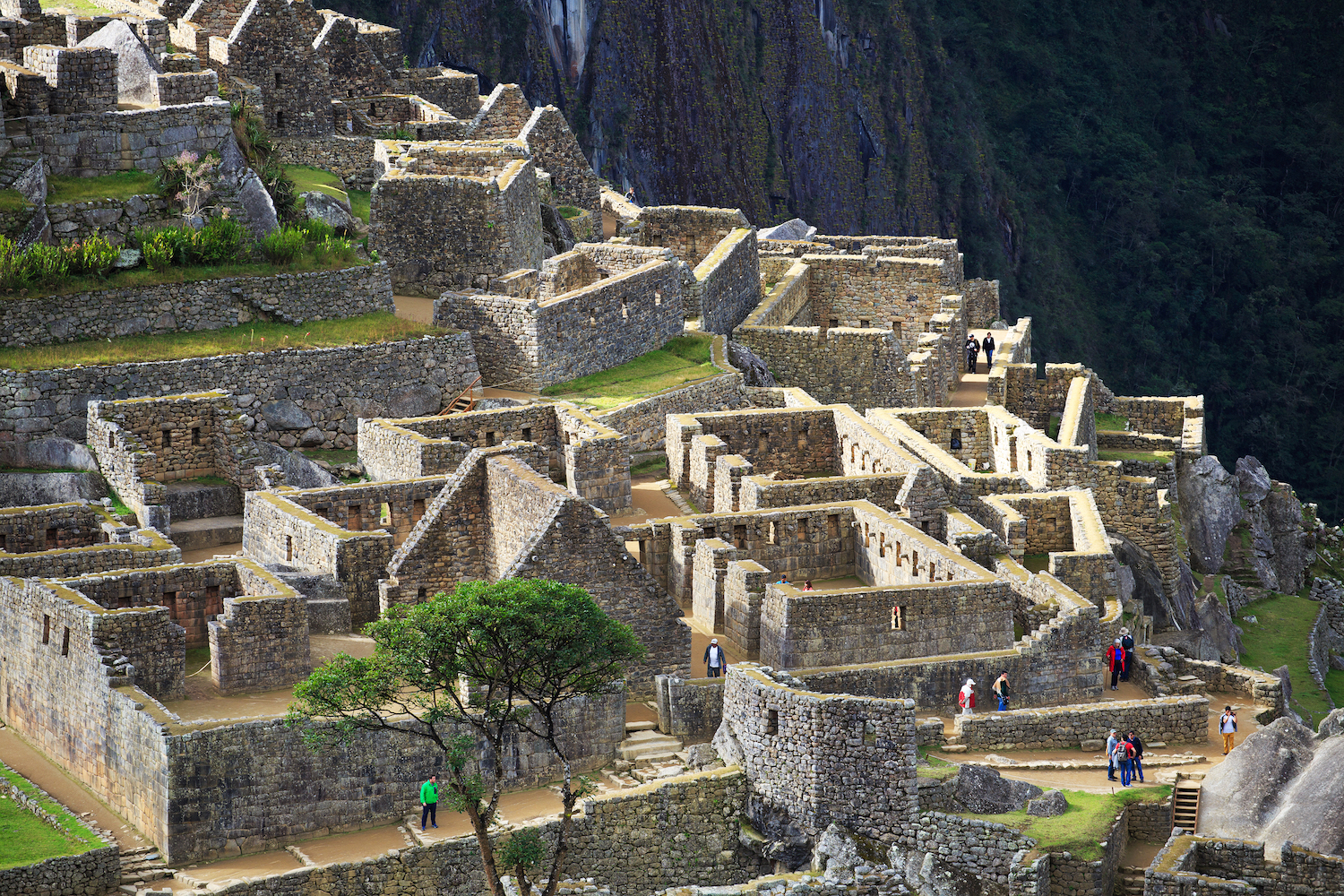The Inca Empire

The Inca Empire was a vast empire that flourished in the Andean region of South America from the early 15th century A.D. up until its conquest by the Spanish in the 1530s. Even after the conquest, Inca leaders continued to resist the Spaniards up until 1572, when its last city, Vilcabamba, was captured.
The Incas built their empire, called Tawantinsuyu or the "Land of the Four Corners," without the wheel, powerful draft animals, iron working, currency or even what we would consider to be a writing system. The empire stretched from modern-day Argentina to southern Columbia, and was divided up into four “suyu,” which intersected at the capital, Cuzco. These suyu in turn were divided into provinces. [Gallery: Tracing the Ancient Incan Empire]
Machu Picchu sits nestled between the Andes mountains of modern-day Peru and the Amazon basin and is one of the Inca's most famous surviving archeological sites.
This breathtaking ancient city, made up of around 200 structures built up on the mountains, is still largely mysterious. Archeologists don't know what purpose many of the structures served, but its intricate roads, trail systems, irrigation canals and agricultural areas suggest humans used the site for a long time, according to UNESCO.
Inca origins and expansion
The Inca Empire is thought to have originated at the city of Cuzco in what is modern-day southern Peru.
In some mythical tales, the Inca was created by the sun god, Inti who sent his son, Manco Capac to Earth. Legend has it that he first killed his brothers and then led his sisters into a valley near Cuzco, where they settled down around 1200 A.D., according to History.com.
Cuzco was located at a nexus point between two earlier empires, one called the Wari and another based at the city of Tiwanaku. According to TK McEwan's book The Incas: New Perspectives” (ABC-CLIO, 2006), one of the main reasons why the Inca were able to expand was because the infrastructure was already in place — things like hydraulic systems and highways were left behind by the preceding empires.
The expansion of the Inca Empire began by the time the fourth emperor, Mayta Capac took hold, but didn't gain momentum until the reign of the eighth emperor, Viracocha Inca. Viracocha began the practice of leaving behind military garrisons in lands to maintain the peace, according to History.com.
However, Inca oral history recorded by the Spanish, suggests that the expansion began in earnest during the reign of the emperor Pachacuti Inca Yupanqui, the son of Viracocha Inca, who reigned from 1438 to 1471.
Pachacuti became emperor after he halted an invasion of Cuzco that was being carried out by a rival group called the Chancas. The invasion had driven his father to a military outpost. Subsequently, Pachacuti worked to expand the territory the Inca controlled, extending their influence beyond the Cuzco region.
The Incas worked hard at diplomacy, and tried to get their rivals to surrender peacefully before resorting to military conquest, said Terence D'Altroy, an anthropologist at Columbia University, in a 2007 PBS Nova interview.
Cuzco
Pachacuti ordered that the Inca capital, Cuzco, be rebuilt and strengthened. And, he allegedly had the city completely raised so that it could be rebuilt in the shape of a puma.
“The animal was represented in profile, with the residential blocks of the city forming its body … the great fortress or temple complex on the hill above Cuzco representing its head, and the confluence of the Tullu and Saphi rivers representing its tail,” McEwan wrote, paraphrasing the account recorded by the Spanish chronicler Juan de Betanzos. “Between the fore and hind legs of the puma were located the two great plazas of Cuzco, where the highways to the four imperial quarters of the empire, called suyus, converged.”
McEwan added that commoners were not allowed to live in the city and had to reside in the outlying settlements.
One of the greatest religious sanctuaries in Cuzco was a sun temple called “Coricancha.” The Spanish chronicler Bernabé Cobo wrote (in translation), “This temple was called Coricancha, which means ‘house of gold,’ because of the incomparable wealth of this metal which was embedded in the temple’s chapels and wall, its ceilings and altars.” (From “Ancient Cuzco” by Brian Bauer, University of Texas Press, 2004).
The Spanish would later plunder this gold and build a new city in the place of Cuzco. While the Inca did not develop what we would consider a formal system of writing, they did use recording devices, such as the quipu, a cord with knotted strings suspended from it. Most written accounts of Incas come from outsiders as the Incas primarily shared their knowledge with one another through oral storytelling.

Inca religion & sacrifice
According to McEwan, the Inca pantheon had an array of gods that included the creator god Viracocha, sun god Inti, thunder god Illapa and earth-mother goddess Pachamama, among others. There were also regional deities worshipped by people whom the Inca conquered.
The Inca gods were honored in many ways, including prayers, fasting and animal sacrifice, but the most powerful form of honor was human sacrifice, typically of children and teenagers.
In 1999, archaeologists discovered the mummies of three children who had been left as sacrifices at a shrine near the summit of a volcano in Argentina. A teenage girl who is now known as “the maiden” appears to have been the main sacrifice along with a boy and girl, who were thought to be her attendants. Research has revealed that, in the year before their sacrifice, the three consumed a special diet rich in maize and dried llama meat and were drugged with coca leaves and alcohol.
Mummy feeding
Mummification was an important part of Inca funerary rites, even for commoners.
After the Spanish conquest, a man named Guaman Poma, who spoke Quechua and was native to the Andes, published a chronicle that described November as being the “month of carrying the dead,” a time when people would try to feed the mummies of their ancestors.
“In this month they take their dead out of their storehouses which are called pucullo and they give them food and drink and they dress them in their richest apparel…and they sing and dance with them…and they walk with them from house to house and through the streets and the plaza,” (In translation, from the book “Food, Power and Resistance in the Andes” by Alison Krögel, Lexington Books, 2011).
Krögel noted that while the mummies of commoners were only fed on special occasions those of royalty “received their own specially prepared meals [including corn beer] on a daily basis.”

Food, feasting and lack of money
Maize and meat were generally considered the elite food of the Incas and were consumed by the “maiden” and her attendants in the year before they were sacrificed. In addition to these elite food products, other goods consumed in the Inca diet included sweet potatoes, quinoa, beans and chili peppers.
In exchange for labor, the Inca government was expected to provide feasts for the people at certain times of the year. According to Tamara Bray's book, “The Archaeology and Politics of Food and Feasting in Early States and Empires” (Kluwer Academic Publishers, 2003), the feasts served payment in a society that lacked currency.
The “most unusual aspect of the Inca economy was the lack of a market system and money,” wrote McEwan. With only a few exceptions, there were no traders in the Inca Empire. “Each citizen of the empire was issued the necessities of life out of the state storehouses, including food, tools, raw materials, and clothing, and needed to purchase nothing.”
There were no shops or markets, and therefore, “there was no need for a standard currency or money, and there was nowhere to spend money or purchase or trade for necessities,” wrote McEwan.
Art and architecture
The Inca crafted magnificent objects from gold and silver, but perhaps their most striking examples of art were in the form of textiles.
"Cloth, above all else, was especially prized by the Incas and represents their greatest artistic achievement,” McEwan wrote.
The Inca grew cotton, sheared wool and used looms to create their elaborate textiles. The finest grade of cloth was called cumpi, and was reserved for the emperor and nobility.
“Made of alpaca or vicuna wool and cotton, or sometimes more exotic materials such as bat hair or hummingbird down, [cumpi] was a tapestry weave decorated with complex multicolored designs,” McEwan wrote.
Inca stone-working abilities were also formidable. Their “craftsmen fitted building stone together perfectly without using any mortar, such that an object as thin as a razor blade could not be inserted between the stones,” wrote Peter V. N. Henderson in his book “The Course of Andean History” (University of New Mexico Press, 2013).

Inca falls to the Spanish
The empire reached its peak after the conquests of Emperor Huayna Capac, who reigned from 1493 until around 1527.
At its peak, the empire included up to 12 million people and extended from the border of Ecuador and Colombia to about 50 miles [80 kilometers] south of modern Santiago, Chile. To support this empire, a system of roads stretched for almost 25,000 miles (roughly 40,000 km), about three times the diameter of the Earth.
As the Spanish conquered the Inca Empire, they were impressed by what they saw. “Inca cities were as large as those of Europe, but more orderly and by all accounts much cleaner and more pleasant places in which to live,” wrote McEwan. In fact, the road and aqueduct systems in the Andes were superior to those in Europe at the time.
Across the waters, the Spanish brought one of their strongest and invisible weapons with them — diseases that the Inca populations had never been exposed to. Smallpox wiped out much of the Inca population, including Capac and the successor he had chosen.
After Capac's death, his kin battled for the power and his son, Atahualpa eventually succeeded. But the Spanish conquistador Francisco Pizarro successfully lured and captured Atahualpa — eventually killing him and easily taking over Cusco with their more advanced weapons.
The Spanish, wanting to keep peace with the locals installed a "puppet king," Manco Inca Yupanqui, according to History.com. But him and his men were later forced to retreat to a village in the jungle called Vilcabamba, the last remaining bite of the Inca empire, until it disappeared in 1572.
An enduring legacy
Today, many of the traditions the Inca carried out live on in the Andes. Textile making is still popular, the foods they ate are consumed around the world and archaeological sites like Machu Picchu are popular tourist attractions. Even their ancient language, Quechua, is still widely spoken.
“Today, Quechua, or runa simi (‘people’s speech’), is the most widely spoken of the indigenous tongues surviving in the Americas,” wrote Judith Noble and Jaime Lacasa in their book “Introduction to Quechua: Language of the Andes” (Dog Ear Publishing, 2007).
“Six to ten million people in the Andean area from southern Columbia through Ecuador, Peru, and Bolivia, to northwestern Argentina and northern Chile use Quechua as their everyday tongue.”
Further reading:
- The Inca Empire: Children of the Sun, from The Independence Hall Association.
- Read about Farming Like the Incas, from Smithsonian.
- Watch The Lost Inca Empireby NOVA PBS.
This article was updated on Nov. 5, 2018 by Live Science Staff Writer, Yasemin Saplakoglu.
Sign up for the Live Science daily newsletter now
Get the world’s most fascinating discoveries delivered straight to your inbox.

Owen Jarus is a regular contributor to Live Science who writes about archaeology and humans' past. He has also written for The Independent (UK), The Canadian Press (CP) and The Associated Press (AP), among others. Owen has a bachelor of arts degree from the University of Toronto and a journalism degree from Ryerson University.










